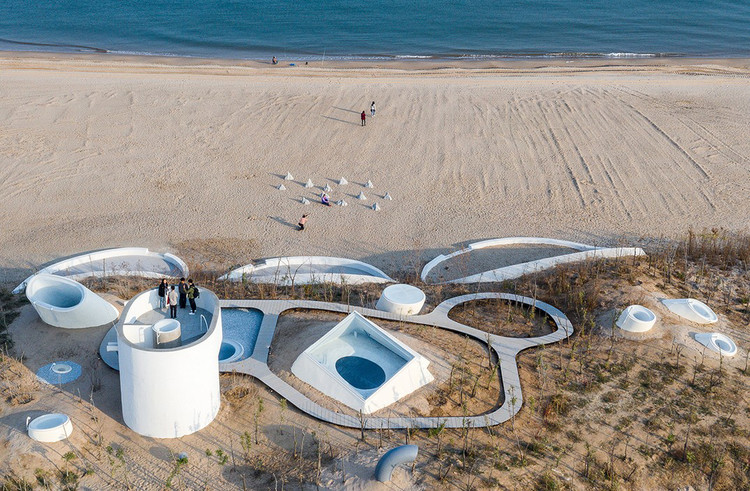
-
Architects: OPEN Architecture
- Area: 930 m²
- Year: 2018
-
Photographs:Qingshan Wu, Nan Ni
-
Lighting Design: X Studio, Tsinghua University, China + OPEN Architecture, School of Architecture

Text description provided by the architects. On a quiet beach along the coast of northern China’s Bohai Bay, the UCCA Dune Art Museum is carved into the sand, where it gently disappears.

























